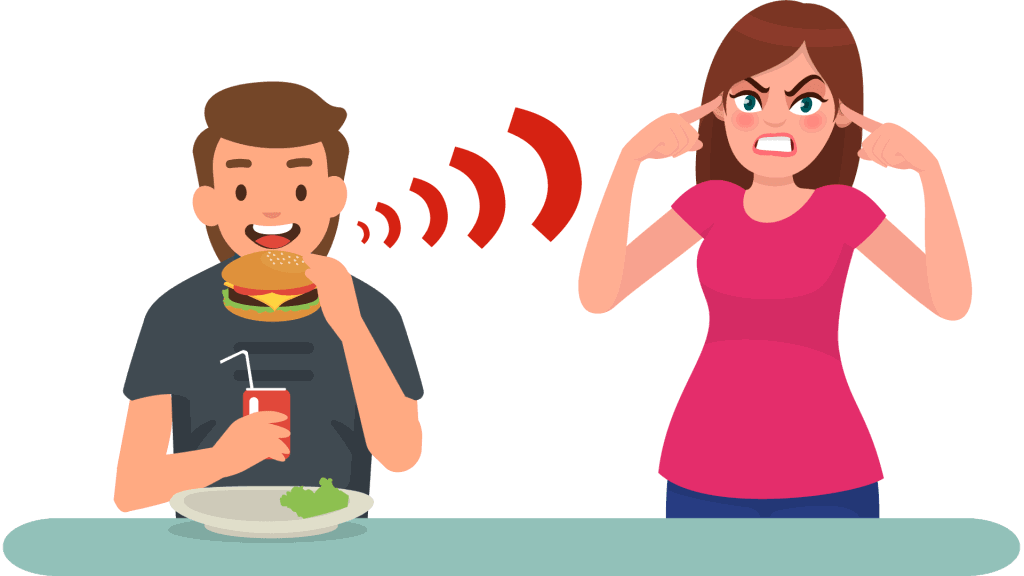Some people go crazy when they hear eating sound or even breathe of other people. These people may suffer from an “eating disorder” or “hatred of the voice.” An fMRI brain scan revealed a surprising cause of the disease.
Maybe it happened to you. You sit silently chewing something and suddenly feel someone’s eyes burn with you. When you look back at yourself, you will find angry eyes.
“What?” It is your possible reaction. This “what” is the sound of your chewing, you just kicked out someone with extreme anorexia. This situation affects us by 6-20%. Maybe you have it and you want to know what makes you so angry.
Misophonia, meaning “sound hatred”, is a hypersensitive response to certain sounds (specifically eating sounds) made by other people. These may include noises when chewing, drinking, or breathing. It will arouse anger, anxiety, disgust, anger, even rage, and a strong urge to run away.
A study published by Newcastle University in the “Journal of Neuroscience” may reveal the condition of patients with homophony for the first time. After all, this is not just the eating sound itself, but the unwanted mirror response they elicit from the audience.
According to lead author Sukhbinder Kumar, “Our findings indicate that for people with delusions, there is an abnormal communication between the auditory and motor brain regions – this can be described as a hypersensitive connection.”
The First Clue

Increased brain connectivity between the auditory cortex and motor control areas that affect the mouth, face, and throat appears to be the cause of bad breath. The study is based on functional MRI scans of 17 subjects with an incorrect eating disorder and 20 control subjects.
When all participants were revealed to recordings of human eating and chewing, the complete auditory cortex reacted similarly. However, for those suffering from an incorrect eating sound disorder, researchers have also observed increased communication between the auditory cortex and the movement control areas of the mouth, face, and throat. These areas are strongly activated by sound.
The Second Clue

It is not just the eating sound that can cause a phobia. Kumar said that, “To our surprise, we also found similar patterns of communication between the visual and motor areas, reflecting the onset of phonophobia when triggered by vision.”
Both audio and visual inputs can be used. The unleashing of this situation prompted the researchers to consider the commonalities of these two reactions. “It makes us believe,” Kumar said, “This type of communication activates something called a ‘mirror system’, which helps us process the actions of other people by similarly activating our brains as if we were doing that action as ourselves.”
Invasion of the body snatchers
“We believe,” Kumar said, “In people with an incorrect eating disorder, involuntary over-activation of the mirror system can lead to the feeling that the sounds made by other people will be beyond their body’s control.”
In other words, this hypothesis suggests that the anger and disgust of people with an inappropriate eating sound disorder are emotional responses to unconscious (very unpleasant) feelings, which are other people’s attempts to control their mouth, face, and throat.
A technique shared by some qualified individuals with researchers seems to support this;
“Interestingly, some people with mental disorders are able to reduce symptoms by mimicking actions that produce tactile sounds, which may indicate that a sense of control has been restored. Awareness can help us develop new therapies for people with this disease.”
Lead study author is Tim Griffiths from Newcastle, who said of the study findings;
“Existing therapies can be performed and effective treatments must also consider the motor areas of the brain.”
